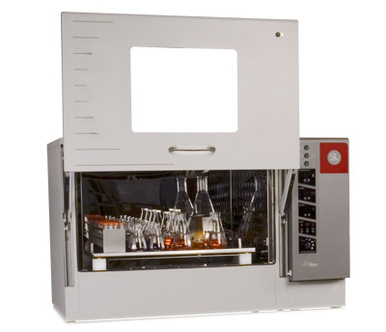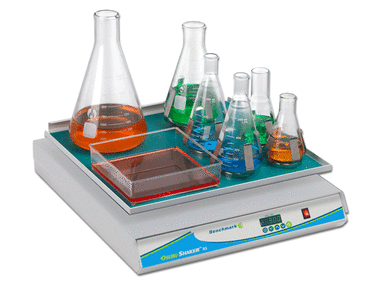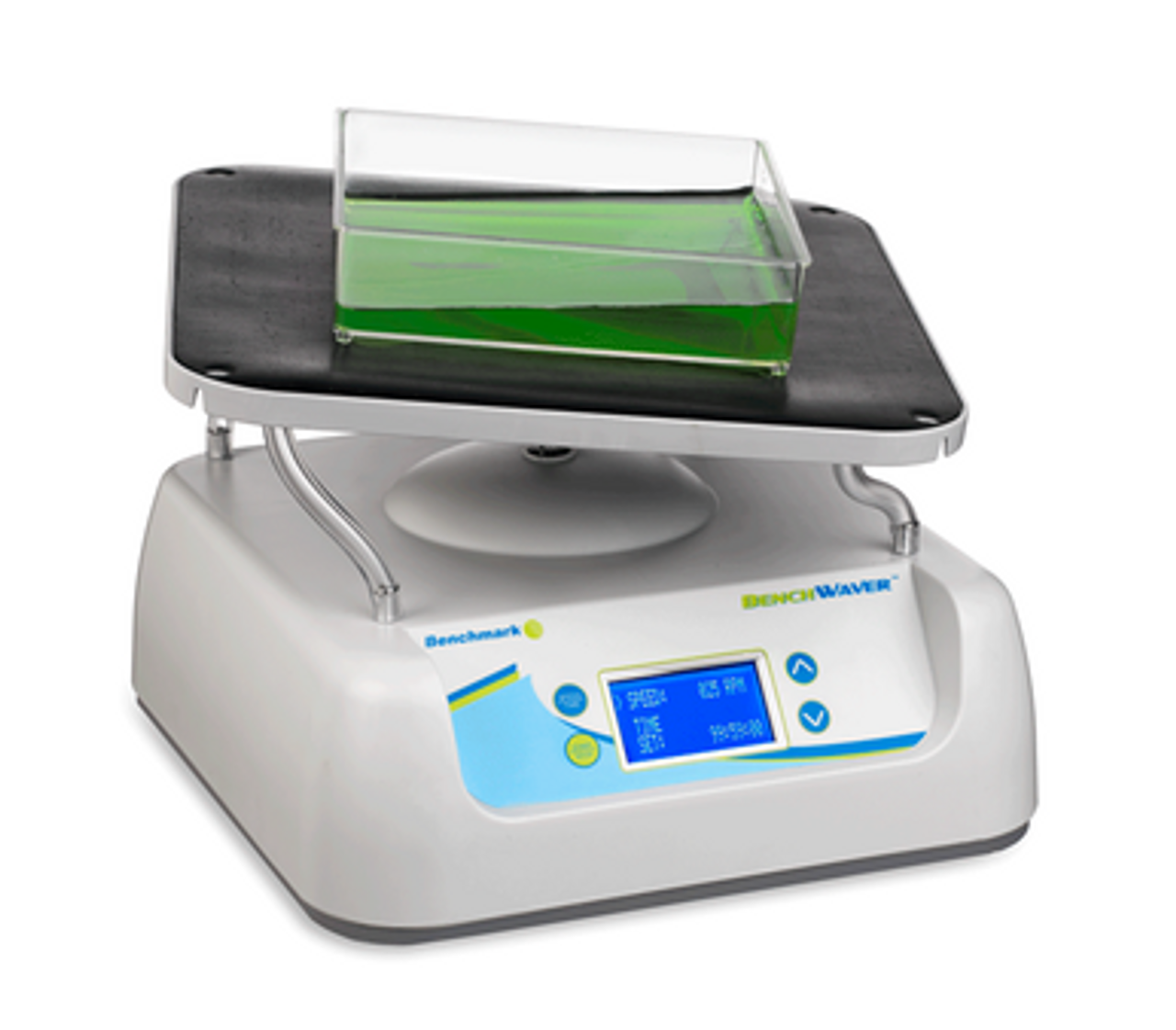Orbital shakers are such widely used lab equipment that they practically disappear into the background until you need a new one, and suddenly they become the elephant in the room. Use these criteria to determine which model will be the best match for your lab's requirements.
1. Size
Where will you place the orbital shaker? They come in sizes ranging from bench top to floor-standing.

2. Temperature Range
Some protein expression applications call for refrigeration as low as 4°C, while other units can provide heat up to 80°C for thermophile growth.
3. Speed
Shaking speeds run from 15 RPM to 500 RPM and the interface can be operated by either digital or analog controls.
4. Vessels
There are three main considerations involving shaker vessels:
- What type of vessels will be used?
- Will vessel size be consistent or do you need a variety of sizes?
- How many vessels will be used at one time?

5. Weight
All orbital shakers have weight limits for optimum performance, but a model with a triple eccentric drive mechanism can accommodate heavier workloads.
6. Personnel
If several people use the same lab equipment, purchasing additional platforms for the shaker allows for greater flexibility.
7. Budget
Prices begin at approximately $1,500 for open-air bench top models and run up to $15,000+ for floor-standing stackable shakers.
Stellar Scientific is your one-stop source for a full range of lab equipment that's high on quality and low on price!


